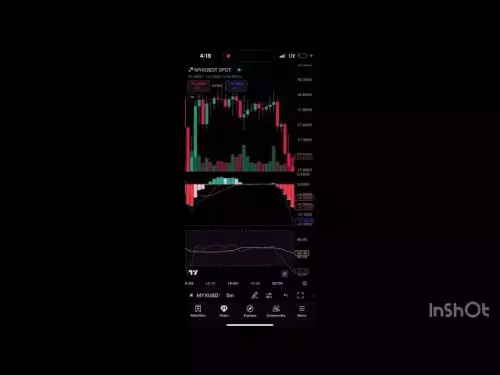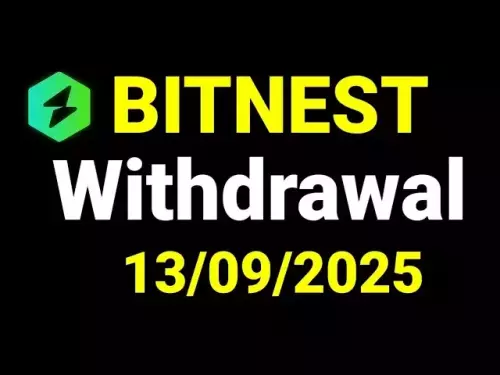-
 bitcoin
bitcoin $116671.700731 USD
-0.07% -
 ethereum
ethereum $4614.067903 USD
2.14% -
 xrp
xrp $3.088291 USD
1.49% -
 tether
tether $1.000362 USD
-0.01% -
 bnb
bnb $987.229886 USD
2.93% -
 solana
solana $245.931058 USD
3.98% -
 usd-coin
usd-coin $0.999926 USD
-0.02% -
 dogecoin
dogecoin $0.282081 USD
4.73% -
 cardano
cardano $0.916372 USD
4.08% -
 tron
tron $0.343952 USD
0.28% -
 hyperliquid
hyperliquid $58.838953 USD
8.45% -
 chainlink
chainlink $23.998618 USD
2.02% -
 ethena-usde
ethena-usde $1.001077 USD
-0.02% -
 avalanche
avalanche $32.209027 USD
7.08% -
 sui
sui $3.800649 USD
5.65%
What is an initial margin in crypto trading?
Initial margin is the minimum collateral needed to open a leveraged crypto position, acting as a buffer against losses and varying by asset volatility and platform rules.
Sep 15, 2025 at 10:19 pm
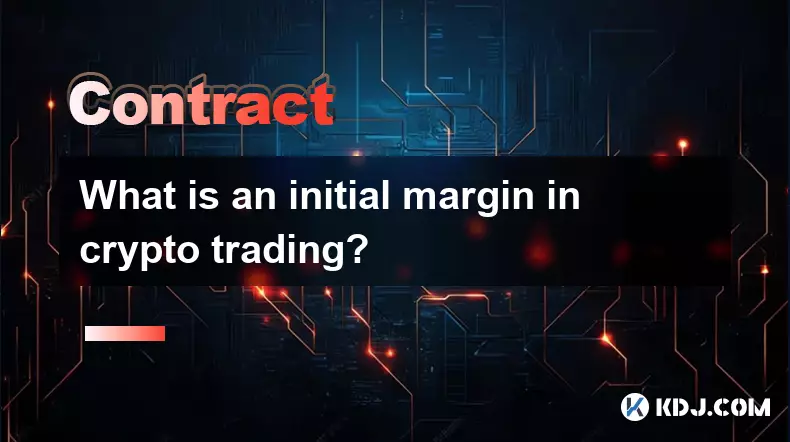
Understanding Initial Margin in Cryptocurrency Trading
1. Initial margin refers to the minimum amount of collateral a trader must deposit to open a leveraged position in the crypto market. This requirement ensures that traders have skin in the game and reduces the risk of default on their obligations. The amount is typically expressed as a percentage of the total position size. For example, opening a $10,000 position with 10x leverage requires an initial margin of $1,000.
2. Exchanges and trading platforms set their own initial margin requirements based on the asset's volatility, liquidity, and overall risk profile. Highly volatile cryptocurrencies like Dogecoin or Shiba Inu may demand higher initial margins compared to more stable assets such as Bitcoin or Ethereum. These rules help platforms manage systemic risk during periods of sharp price swings.
3. Traders must deposit the initial margin from their available balance before a leveraged trade is executed. If the account balance falls below the required threshold, the platform will not allow the trade to proceed. This acts as a gatekeeping mechanism to prevent undercapitalized positions that could lead to forced liquidations.
4. The initial margin is not a fee or cost but a reserved portion of the trader’s funds. It remains part of the account equity while the position is open and is only released when the position is closed, assuming no losses exceed the margin balance.
5. In futures and perpetual contracts, initial margin is distinct from maintenance margin—the latter being the minimum amount needed to keep the position open. If losses erode the account equity below the maintenance level, a margin call or automatic liquidation may occur.
How Leverage Interacts with Initial Margin
1. Leverage amplifies both gains and losses, and the initial margin is directly tied to the leverage ratio selected. A 5x leverage requires 20% of the position value as initial margin, whereas 25x leverage reduces that requirement to just 4%. Higher leverage increases risk exposure significantly.
2. Platforms offering high leverage, such as 100x on certain altcoin futures, set strict initial margin rules to offset the elevated risk. Even small price movements can trigger liquidations when leverage is high, making initial margin a critical buffer.
3. Traders can choose their leverage level within platform limits, which in turn affects how much initial margin is needed. Conservative traders may opt for lower leverage to preserve more of their capital as available margin, reducing the likelihood of liquidation.
4. Some exchanges use dynamic initial margin models that adjust based on real-time market conditions. During high volatility, such as during major news events or macroeconomic announcements, the required initial margin may increase temporarily.
5. Cross-margin and isolated-margin modes influence how initial margin is allocated. In isolated mode, the initial margin is fixed and limited to the designated amount for that position. In cross-margin mode, the entire account balance may act as collateral, but the initial margin still determines the entry barrier.
Risks Associated with Initial Margin Requirements
1. Underestimating the required initial margin can lead to failed trade executions or unexpected margin calls. Traders must account for fees, slippage, and potential price gaps when calculating the necessary funds.
2. A position opened near the margin limit leaves no room for adverse price movement, increasing the chance of liquidation. Even minor fluctuations can deplete equity below maintenance levels, especially in highly leveraged scenarios.
3. Market manipulation and flash crashes can rapidly erode margin balances, particularly in low-liquidity tokens. These events may trigger liquidations before traders can react, turning the initial margin into a total loss.
4. Funding rates in perpetual contracts do not affect initial margin directly but can impact overall profitability. Continuous payments in high-leverage positions may indirectly reduce available margin over time, especially in prolonged trades.
5. Some traders misinterpret initial margin as disposable capital. In reality, it is at risk throughout the trade duration and can be entirely lost if the market moves against the position beyond recovery.
Frequently Asked Questions
What happens if I don’t meet the initial margin requirement?If your account balance is insufficient to cover the initial margin, the trading platform will reject the order. No position will be opened until adequate funds are deposited or leverage is reduced to meet the threshold.
Can I add more funds after opening a leveraged position to increase my margin?Yes, you can increase your margin after opening a position, especially in isolated margin mode. This practice, known as adding margin, improves your liquidation price and reduces risk exposure.
Is initial margin the same across all cryptocurrency exchanges?No, initial margin requirements vary between exchanges and even between different trading pairs on the same platform. Always check the specific rules for the asset and contract type you intend to trade.
Does initial margin earn interest or generate yield?Generally, the initial margin does not earn interest unless the platform offers yield-bearing collateral accounts. Most exchanges do not pay returns on margin balances, as they are considered reserved funds for active positions.
Disclaimer:info@kdj.com
The information provided is not trading advice. kdj.com does not assume any responsibility for any investments made based on the information provided in this article. Cryptocurrencies are highly volatile and it is highly recommended that you invest with caution after thorough research!
If you believe that the content used on this website infringes your copyright, please contact us immediately (info@kdj.com) and we will delete it promptly.
- Dogecoin, Bitcoin ETF, Ether ETF: Riding the Crypto Wave
- 2025-09-18 08:45:14
- Crypto Investors Eye BlockchainFX: The Presale Promising High ROI
- 2025-09-18 08:25:14
- Yskaela's $YSKA Token: From Controversy to Charity Donation and Beyond!
- 2025-09-18 08:45:14
- Bittensor, dTAO, and AI Exposure: Democratizing Access to the AI Revolution
- 2025-09-18 08:50:12
- BullZilla: Meme Coin Royalty or Crypto Investment Strategy?
- 2025-09-18 08:25:14
- Cryptos to $5000: Unearthing 2025's Meme Token Moonshots and Solid Investments
- 2025-09-18 09:05:13
Related knowledge
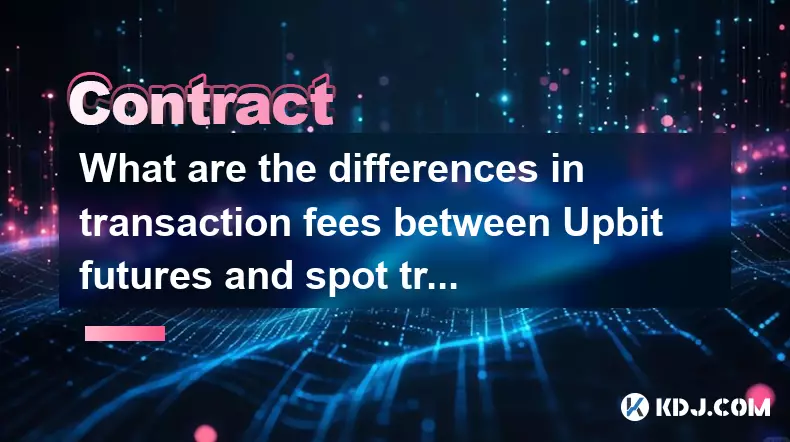
What are the differences in transaction fees between Upbit futures and spot trading?
Sep 18,2025 at 10:00am
Understanding Upbit’s Spot Trading Fee Structure1. Upbit applies a maker-taker fee model in its spot trading market, where users who add liquidity to ...
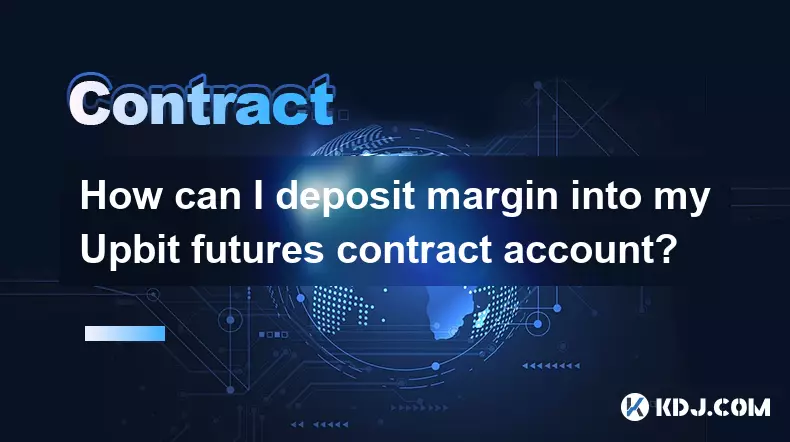
How can I deposit margin into my Upbit futures contract account?
Sep 18,2025 at 12:36am
Understanding Upbit Futures Margin Requirements1. Upbit does not currently offer futures trading services. The platform primarily supports spot tradin...

What is the purpose of Upbit's insurance fund?
Sep 18,2025 at 03:19am
Understanding the Role of Upbit's Insurance Fund1. The primary function of Upbit's insurance fund is to protect users from financial losses due to une...
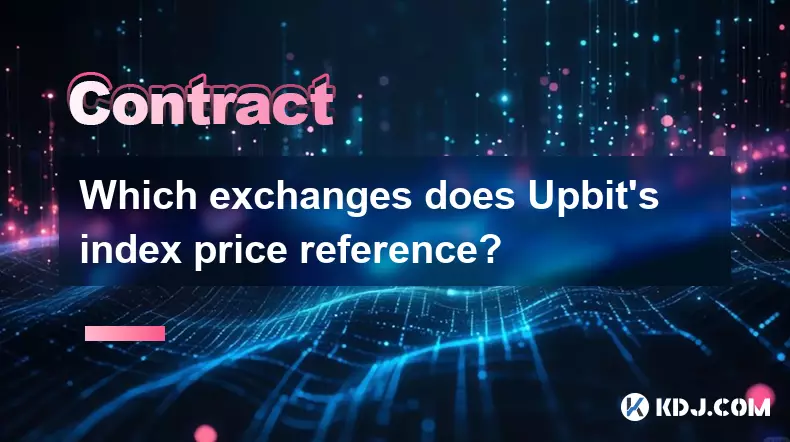
Which exchanges does Upbit's index price reference?
Sep 18,2025 at 04:54am
Understanding Upbit's Index Price Mechanism1. Upbit calculates its index price by aggregating data from multiple leading cryptocurrency exchanges to e...
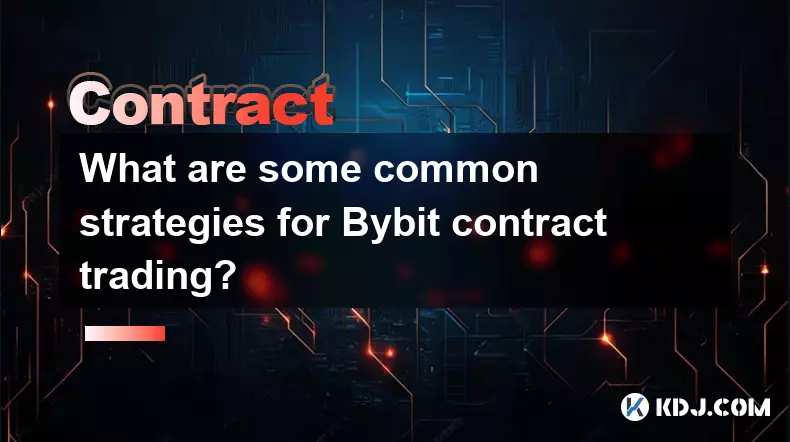
What are some common strategies for Bybit contract trading?
Sep 17,2025 at 11:00pm
Understanding Leverage in Bybit Contract Trading1. Traders on Bybit can select leverage ranging from 1x to 100x depending on the contract type and mar...

What are Bybit's initial margin and maintenance margin requirements?
Sep 18,2025 at 12:01am
Understanding Bybit's Margin Structure1. Bybit operates a tiered margin system that varies depending on the trading pair, contract type, and leverage ...

What are the differences in transaction fees between Upbit futures and spot trading?
Sep 18,2025 at 10:00am
Understanding Upbit’s Spot Trading Fee Structure1. Upbit applies a maker-taker fee model in its spot trading market, where users who add liquidity to ...

How can I deposit margin into my Upbit futures contract account?
Sep 18,2025 at 12:36am
Understanding Upbit Futures Margin Requirements1. Upbit does not currently offer futures trading services. The platform primarily supports spot tradin...

What is the purpose of Upbit's insurance fund?
Sep 18,2025 at 03:19am
Understanding the Role of Upbit's Insurance Fund1. The primary function of Upbit's insurance fund is to protect users from financial losses due to une...

Which exchanges does Upbit's index price reference?
Sep 18,2025 at 04:54am
Understanding Upbit's Index Price Mechanism1. Upbit calculates its index price by aggregating data from multiple leading cryptocurrency exchanges to e...

What are some common strategies for Bybit contract trading?
Sep 17,2025 at 11:00pm
Understanding Leverage in Bybit Contract Trading1. Traders on Bybit can select leverage ranging from 1x to 100x depending on the contract type and mar...

What are Bybit's initial margin and maintenance margin requirements?
Sep 18,2025 at 12:01am
Understanding Bybit's Margin Structure1. Bybit operates a tiered margin system that varies depending on the trading pair, contract type, and leverage ...
See all articles
























